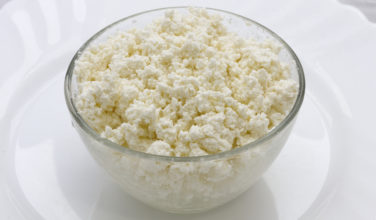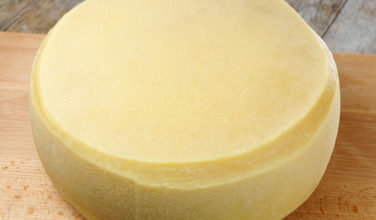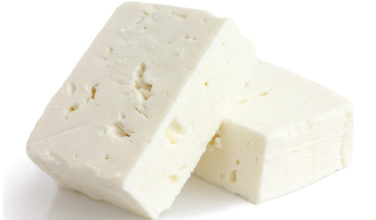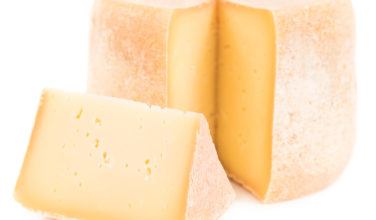About the Greek Cheese Mizithra (Myzithra)
Comments Off on About the Greek Cheese Mizithra (Myzithra)
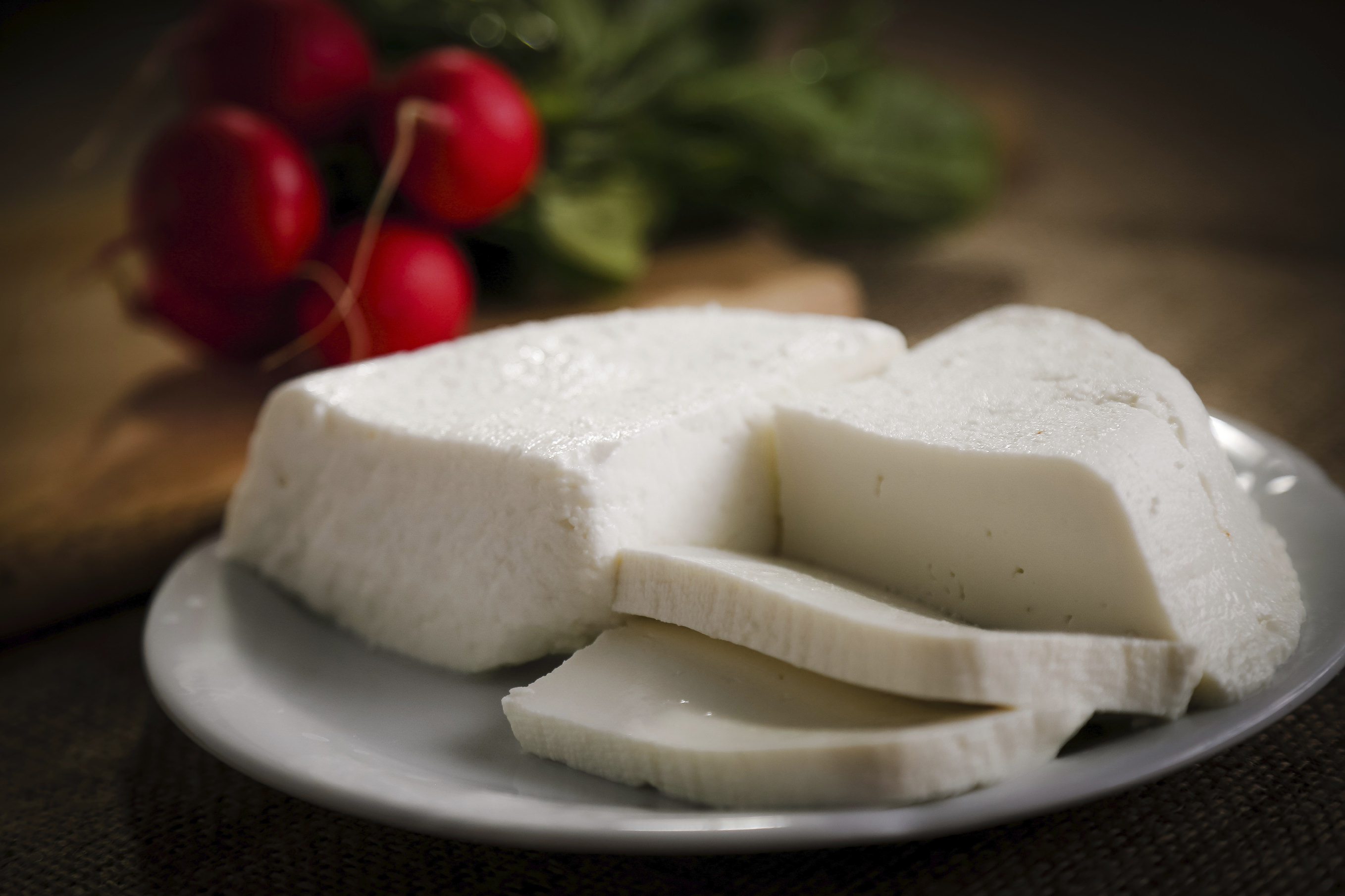 Mizithra, or Myzithra cheese is one of the most common in Greece. Although feta is, by far, the most common of the cheeses, myzithra is also pretty common and has an important place in the cuisine. It is sold in two forms, a fresh version with a consistency similar to ricotta, and a slightly more aged version, which is a bit more cohesive in texture. It still, however, has a soft texture. It is primarily made from ewe or goat milk.
Mizithra, or Myzithra cheese is one of the most common in Greece. Although feta is, by far, the most common of the cheeses, myzithra is also pretty common and has an important place in the cuisine. It is sold in two forms, a fresh version with a consistency similar to ricotta, and a slightly more aged version, which is a bit more cohesive in texture. It still, however, has a soft texture. It is primarily made from ewe or goat milk.
Type of Greek Cheese
A soft cheese that is typically made from ewe or goat milk. It is sold in its fresh form, which is like ricotta, or aged slightly, where it takes on the form that is pictured here in the photo.
Where Mizithra (Myzithra) Cheese is Produced
While in Greece, it is a good idea to sample all the local cheeses you can find. While visiting Crete, you have the greatest chance of finding this cheese in markets and some of the smaller cheese shops. It is very popular on Crete, but can be found throughout Greece. The island of Cyprus also has a version of this cheese called “Anari” and there is also a version of it on Anthotyros but unlike mzithra, their version can often contain some cow’s milk.
Mizithra (Myzithra) Cheese Flavor Description
It is a mild cheese that has a slight tang when biting in. It is also on the salty side, but not as salty as feta. It also has a light, nutty undertone.
How Mizithra (Myzithra) is Made
Mzithra is a soft cheese that is made from sheep’s milk. However, even though it starts out on the softer side, if it is allowed to age it can begin to harden. It is similar to Italian ricotta cheese in that the ratio between milk and whey is usually 7 to 3. Ricotta is also similar to mzithra in that the cheesemakers often let it age for a short period of time so that it can begin to harden or it can be served while still completely soft.
Here’s a simple explanation of how mzithra cheese is made:
- Milk, in this case sheep’s milk, is added to a saucepan and brought to a boil.
- It is allowed to remain at a slow boil for several minutes.
- After that, the cheesemaker adds something that will allow the milk to curdle, such as rennet, which is a natural enzyme found in the sheep’s stomach, lemon juice, or vinegar. The acid in all three of these substances encourages the milk to curdle. At this stage, a pinch or two of salt is added (if desired).
- Once the curds form, the cheese mixture is transferred to cheesecloth, tied at the top, and allowed to drain. The longer you let the cheese curds drain, the harder the cheese will be.
There are two types of mzithra cheese. After a few days, sweet mzithra forms. This type of cheese is most often used in baking or can be eaten as is with a spoon. You can also drizzle it with honey for a quick dessert, breakfast, or snack. The hard version of mzithra, which is called xynomzithra, or sour mzithra, has a distinct flavor and is most often used as a topping for pasta dishes. Both forms of the cheese are delicious when paired with other mezedakia, such as olives.
Categorized in: Greek Cheese List
This post was written by Greek Boston


